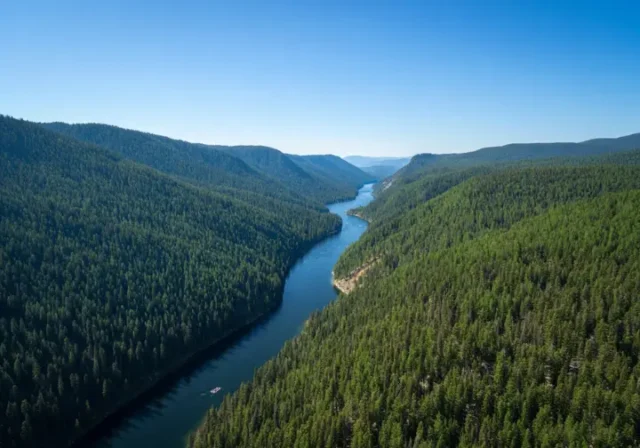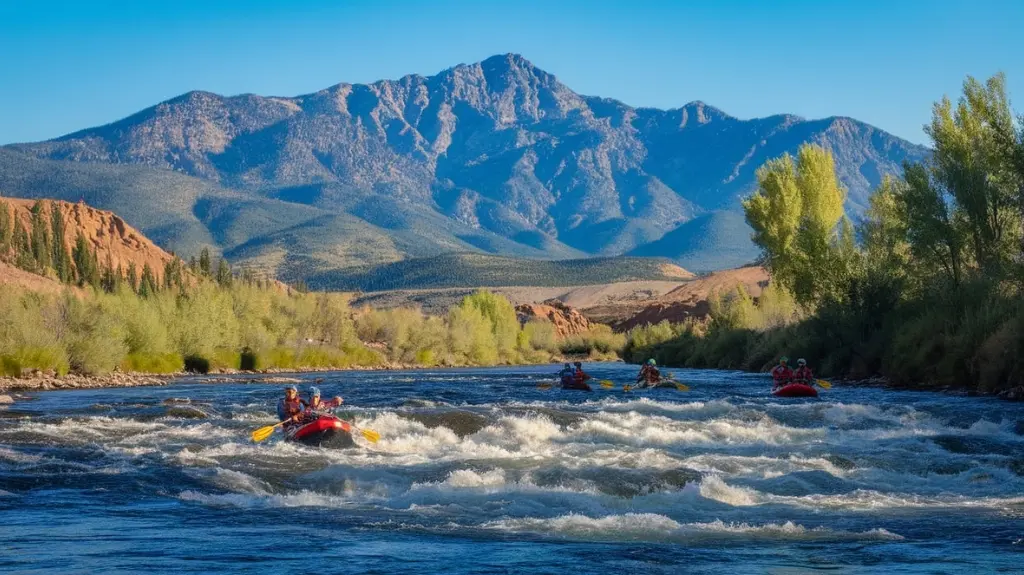In this article
The Middle Fork of the Salmon River whispers tales of adventure, a ribbon of whitewater carving through Idaho’s vast wilderness. Many dream of navigating its currents, soaking in hot springs, and experiencing the solitude of the Salmon-Challis National Forest. This guide explores the magic of a Middle Fork trip, delves into the notoriously difficult salmon river permit lottery, and offers strategies beyond the main draw.
We’ll cover what makes this river unique, the best times to chase its flow, the realities of the permit system, and practical logistics like access points and costs. Whether you’re aiming for the lottery, hunting cancellations, or considering an outfitter, understanding the currents ahead is key. Let’s push off.
Understanding Middle Fork Magic
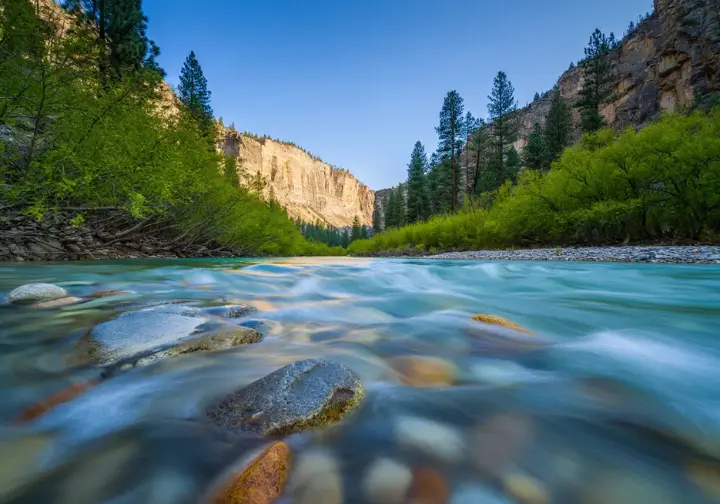
The allure of the Middle Fork Salmon River isn’t just about rapids; it’s a deep immersion into one of the largest roadless areas in the Lower 48. This section unpacks the elements that combine to create an unforgettable wilderness river experience, drawing boaters from across the globe to its remote waters.
What Defines the Experience
Flowing freely through the Frank Church-River of No Return Wilderness, the Middle Fork offers a genuine escape. This protected status means solitude and wildlife encounters are part of the package across its roughly 100-mile course. It’s a journey far removed from daily life, deep within the Salmon River Mountains.
The river serves up consistent Class III and IV rapids, providing thrills for seasoned paddlers and guided guests alike. Water levels dramatically alter the character of these rapids, from powerful waves in June to more technical runs later. We’ve seen seasoned groups challenged by the high water push, a testament to the river‘s dynamic nature.
Yet, the adventure extends beyond the whitewater. Natural hot springs dot the corridor, perfect for a relaxing soak with stunning views. The Middle Fork is also famed for its native Westslope cutthroat trout and bull trout fishing (catch-and-release applies), adding another layer to the wilderness experience. Have you ever cast a line into such pristine waters?
Best Time To Go
Choosing when to float the Middle Fork Salmon Idaho involves balancing water levels, weather, and access. Early trips in June often mean navigating powerful high water from snowmelt. The landscape is vibrant green, but colder temperatures demand wetsuits or drysuits. Access to the standard Boundary Creek put-in can sometimes be snow-delayed.
July is peak season, offering a sweet spot of exciting flows and warmer weather, ideal for swimming. This popularity makes it the most competitive time for permits. Water levels usually allow launching from Boundary Creek boat ramp, avoiding the need for fly-ins that become common later.
August and September bring lower, clearer water, creating more technical, rock-dodging rapids. Fly fishing conditions are often prime. However, these lower flows frequently make the upper section impassable, requiring flights to the Indian Creek airstrip. This adds cost and complexity, a common hurdle many groups face if they haven’t budgeted for it.
Monitoring USGS gauges, like the one near Middle Fork Lodge, is vital. Flows below ~2.2 feet often trigger fly-ins, while flows above 5.0 feet indicate very challenging conditions. Late summer also carries a risk of wildfire smoke affecting air quality, something prospective rafters should monitor.
Cracking the Permit Code
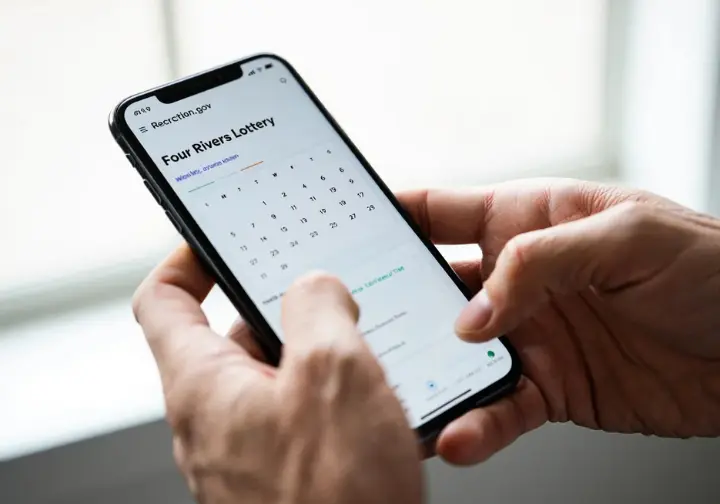
Securing a private permit for the Middle Fork of the Salmon rafting season is the crux of the challenge. This section explains the highly competitive lottery system managed by the U.S. Forest Service via Recreation.gov, covering rules, processes, and deadlines for the control season (May 28 – Sept 3).
Lottery Application Essentials
The Salmon-Challis National Forest oversees the permit process. All applications for the control season must go through Recreation.gov’s “Four Rivers Lottery.” Knowing this official platform is the first step.
The application window is strict: December 1 to January 31 annually, with a non-refundable $6 fee per application. Miss this window, and you miss your shot for the main draw. Remember that time we almost forgot? Set a calendar reminder!
Critically, an individual can submit only one application for the Middle Fork lottery per year. Duplicate entries lead to disqualification. Results are typically announced online around February 14th. Success isn’t automatic; winners must log back in and formally accept their date by March 15th, often paying part of the recreation fees.
Understanding Lottery Odds
Let’s be direct: winning a Middle Fork permit is incredibly tough. Success rates are often well below 2%, especially for peak dates. Recent years saw over 22,000 applications for only about three private launch slots per day. Expect long odds.
Demand spikes for early July through early August launches, pushing odds for these prime dates even lower. One July date in 2024 had 880 applicants vying for those few spots. Can you picture the competition?
Applying for shoulder seasons—early June or late August/September—noticeably improves your chances. Data shows higher success rates then, a strategic edge for flexible groups willing to adapt to potentially higher or lower water conditions. This flexibility is your best tool.
The number of daily launches is capped (max seven total), and commercial outfitters hold a significant portion (around four). This leaves only about three launches per day for the private lottery pool, intensifying the competition for middle fork boaters.
Unlike some lotteries, the Four Rivers system isn’t weighted; past unsuccessful applications don’t increase future odds. Each year is a fresh, random draw, a point of frustration for many long-time applicants hoping for a Middle Fork trip.
Key Permit Rules Regulations
Middle Fork permits are strictly non-transferable. The person awarded the permit must be on the trip for its entire duration. You cannot sell, trade, or give it away. Choose your applicant wisely!
If plans change, cancel officially via Recreation.gov at least 21 days before launch during the control season to avoid penalties. Late cancellations or no-shows mean a three-year ban from holding a Middle Fork permit. Timely cancellations help others seeking released permits.
Trip length limits depend on group size (e.g., up to 8 days for 1-10 people), with a maximum group size of 24. Adherence is mandatory.
All groups need required gear: fire pans, portable toilets, ash containers, shovels, buckets, food strainers. Leave No Trace principles are expected. Boats 10 feet or longer need a valid Idaho AIS sticker. Expect compliance checks at the put-in. A Special Recreation Fee ($4.00/person/day) is also required, paid online before the trip.
Strategies Beyond the Lottery
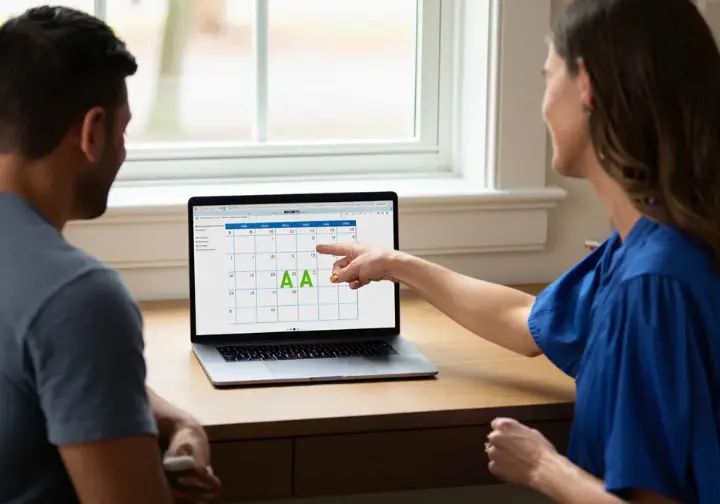
Relying solely on winning the lottery for a Middle Fork adventure requires immense luck. This section explores alternative approaches and practical strategies to increase your chances of getting on this coveted river.
Hunting for Cancellations
A surprising number of awarded permits get cancelled each year, potentially around 30%. This creates a secondary market for launch dates. Cancellations happen for many reasons, often linked to the strict non-transferability rule.
Officially, cancellations during the control season are released randomly onto Recreation.gov within 24 hours. Persistent monitoring of the availability calendar is key. Look for dates flipping from unavailable to available (‘A’). Checking frequently around the 21-day cancellation deadline before launch dates can be fruitful.
Success often boils down to luck—being online at the right moment—and speed in booking. Flexibility with dates greatly boosts your odds. We know groups who’ve scored amazing dates this way, but it took serious screen time and quick clicking! It’s high effort for an uncertain reward.
There’s no guarantee any specific date, or any date at all, will become available. Relying solely on cancellations is risky, especially for those needing firm travel plans. View it as a supplemental strategy.
Leveraging Group Applications
A common tactic is the “permit party”: multiple members of your potential group each submit an individual lottery application. This doesn’t change anyone’s low individual odds, but it statistically increases the chance that someone in the group wins a permit for the middle fork salmon river.
This requires careful coordination. Decide who applies for which dates to maximize coverage without too much overlap. Agree beforehand on how to proceed if multiple permits are won (only one can be used). Clear communication prevents disappointment later.
The main downside? If the one person who wins can’t go, the whole group loses out due to non-transferability. This strategy also inflates application numbers, making overall odds seem even lower.
This approach isn’t a secret; it’s widely used. Its effectiveness is purely statistical – more entries mean more chances for the group collectively. Remember, it doesn’t improve your personal odds, just the group’s overall shot.
Joining Existing Trips
Finding an open spot on a private trip with an existing permit relies heavily on networking. Monitor online forums like Mountain Buzz and specific Facebook groups for Salmon River trips (e.g., “MF/MAIN Salmon, Hells Canyon, and Selway River Trip Information”). Permit holders sometimes seek extra people.
Be prepared to share costs (food, shuttle, fees) and contribute actively through rowing, camp chores, or other skills. It’s a collaborative effort. One year, a friend joined a trip needing an extra rower and had an incredible time, proving connections matter.
Compatibility is key. Talk openly with the permit holder beforehand about group dynamics, expectations, and skill levels. Ensure it’s a good fit before committing.
This method is opportunistic and unpredictable. Success depends on timing and connection. It’s not reliable for advance planning but worth exploring if you’re flexible and well-connected in the boating community.
Exploring Commercial Outfitters
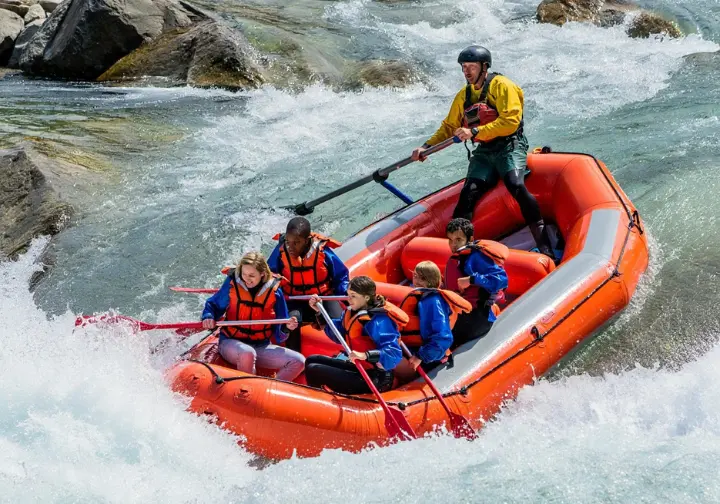
For those seeking guaranteed access and less logistical hassle, booking with an authorized commercial outfitter is a popular route for experiencing the Middle Fork of the Salmon River. This section covers what they offer, typical costs, and finding reputable companies.
Guaranteed Access Option
Booking with a licensed outfitter is the most reliable way onto the Middle Fork, especially for specific peak season dates. They hold many daily launch allocations, bypassing lottery uncertainty. This predictability is ideal if you need firm travel plans.
Commercial trips are typically all-inclusive: professional guides, rafts, safety gear, quality meals, camping equipment, and permit logistics. This turnkey service removes the significant planning burden of private trips, offering a Middle Fork Salmon River trip experience without the DIY stress.
Outfitters employ experienced, licensed guides skilled in whitewater, knowledgeable about river history and ecology, and trained in first aid. Their expertise enhances safety and enjoyment, especially for less experienced rafters or those new to multi-day wilderness travel.
Many companies offer specialized trips like fly fishing expeditions, family adventures, or hiking-focused journeys. Researching outfitters helps find a style matching your interests. The US Forest Service (Salmon-Challis National Forest) lists authorized companies, as do associations like the Middle Fork Outfitters Association (MFOA).
Understanding Commercial Costs
The convenience of a commercial trip comes at a price. Expect costs from $2,500 to over $5,500 per person for a 5-6 day trip. This reflects logistics, gear, staffing, and permit costs. It’s a significant investment.
Peak season (July, early August) usually commands the highest prices. Early June or late August/September might offer slightly lower rates. Compare prices across dates and outfitters.
The base price typically covers guided rafting, meals, group camping gear, fees, and transport between the meeting point (Stanley, Idaho or Salmon, ID) and the river. Confirm specific inclusions.
Budget for extras: travel to Idaho, lodging, potential mandatory fly-in fees ($150-$250+ pp) for low water, fishing licenses, and guide gratuities (often 15-20% suggested). These add up.
While costly, many find the value justifiable for the quality, expertise, and guaranteed access. It’s a trade-off: cost versus convenience and certainty compared to a private river trip.
Navigating Trip Logistics
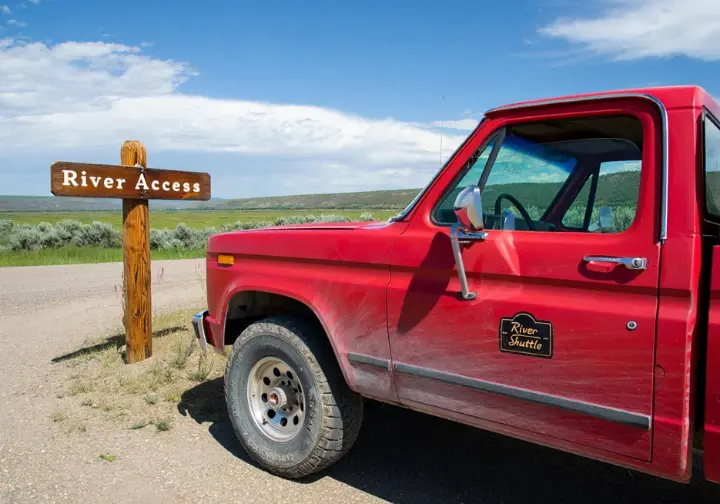
Whether going private or commercial, understanding the logistics of a Middle Fork trip is essential. This includes how you get to the river, potential fly-ins, vehicle shuttles, and a cost overview comparing the two main approaches.
Access Points Fly-Ins
The main put-in for the full 100-mile Middle Fork journey is Boundary Creek, accessed via forest road from Stanley, Idaho. This grants access to the upper, often steeper section. Always check road conditions for snow or closures.
When water levels drop (below ~2.2 feet on the gauge), the upper 25 miles become too rocky. Trips must then launch downstream at the Indian Creek Guard Station / Airstrip. This is common in late July, August, and September.
Launching from Indian Creek requires flying people and gear into the remote airstrip via small charter planes. This adds a mandatory cost ($150-$250+ pp each way) during low water periods. Several air taxis operate from Salmon or Challis.
The standard take-out is Cache Bar on the Main Salmon River, miles from the confluence. From there, it’s a bus ride (commercial) or vehicle pickup (private shuttle) back to Salmon, Idaho. Knowing this endpoint is key for shuttle planning. The potential fly-in significantly impacts logistics and cost, bypassing the first section of the river.
Arranging Vehicle Shuttles
Private groups launching from Boundary Creek or driving near Indian Creek need a vehicle shuttle service. They drive your vehicles from the put-in area to the take-out (meeting in Salmon after Cache Bar pickup) while you’re floating. Commercial trips usually include this.
Several companies specialize in Salmon River vehicle shuttles (e.g., Salmon River Shuttle, Blackadar Boating, All Rivers Shuttle). They know the long, remote routes. Book well in advance, especially for peak season. We once waited too long and scrambled to find an available service – plan ahead!
Shuttle costs vary by route, vehicle type, and fuel prices, ranging roughly from $140 to $400+ per vehicle. This is a significant fixed cost for private trips, shared among the group.
Arranging requires detailed info: vehicle, put-in/take-out dates, locations, key logistics. Clear communication is vital. Professional services are the standard, efficient solution for private boaters given the long, impractical self-shuttle drive.
Private vs Commercial Costs
Commercial trips generally range from $2,500 to $5,500+ per person, all-inclusive. This buys convenience, expertise, and guaranteed access but is the higher-cost path. Remember potential extras like travel, fly-ins, and tips.
A private, DIY trip offers potential savings, perhaps $700 – $2,000+ per person, but varies greatly. The appeal is lower cost and autonomy. However, DIY costs depend on group size, gear (owning vs. renting adds up fast), food choices, travel, and crucially, potential fly-in costs.
The lower financial cost of a private trip requires significant planning effort, organization, gear management, food prep, and on-river responsibilities. It demands experienced leadership and capable participants. The “sweat equity” is substantial. Is your group prepared for that commitment?
Choosing between private and commercial depends on budget, uncertainty tolerance, planning capacity, gear, desired comfort, and experience. Both offer incredible ways to see the Middle Fork river Idaho, catering to different priorities.
Planning Your Adventure Now
You’ve navigated the information, now it’s time to chart your course. Here are key takeaways and next steps for planning your own Middle Fork of the Salmon River adventure.
- Acknowledge the Odds: Winning the private permit lottery is a long shot (<2% chance). Have backup plans.
- Prioritize Flexibility: For private permits, flexibility with dates (shoulder seasons) is your best strategy to improve odds.
- Master Recreation.gov: Know the lottery deadlines (Dec 1-Jan 31 apply), results/confirmation dates (Feb 14/Mar 15), cancellation rules, and fees. Check the official site often.
- Explore All Avenues: Look beyond the lottery: monitor cancellations, research commercial outfitters (like these), and network for trip-sharing opportunities.
- Assess Commercial Options: If guarantees and ease are key (and budget allows), research outfitters early. Compare costs, styles, and availability.
- Plan Logistics Early: Research shuttles, understand fly-in potential based on season, and start gear planning (renting or buying essential gear takes time).
- Stay Informed: Check the Salmon-Challis National Forest site for alerts (roads, fire) and monitor USGS gauges for flow patterns.
- Next Steps: Decide your path (lottery, cancellation hunt, commercial, sharing). Apply for the lottery if that’s your route. Contact outfitters if going commercial. Start budgeting and tackling logistics now.
Frequently Asked Questions
How hard is the Middle Fork of the Salmon River? >
Can beginners raft the Middle Fork Salmon? >
What is the best month to raft the Middle Fork? >
How much does a Middle Fork Salmon trip cost? >
We are a participant in the Amazon Services LLC Associates Program, an affiliate advertising program designed to provide a means for sites to earn advertising fees by advertising and linking to Amazon.com. As an Amazon Associate I earn from qualifying purchases. We also participate in other affiliate programs. The information provided on this website is provided for entertainment purposes only. We make no representations or warranties of any kind, expressed or implied, about the completeness, accuracy, adequacy, legality, usefulness, reliability, suitability, or availability of the information, or about anything else. Any reliance you place on the information is therefore strictly at your own risk. Additional terms are found in the terms of service.


